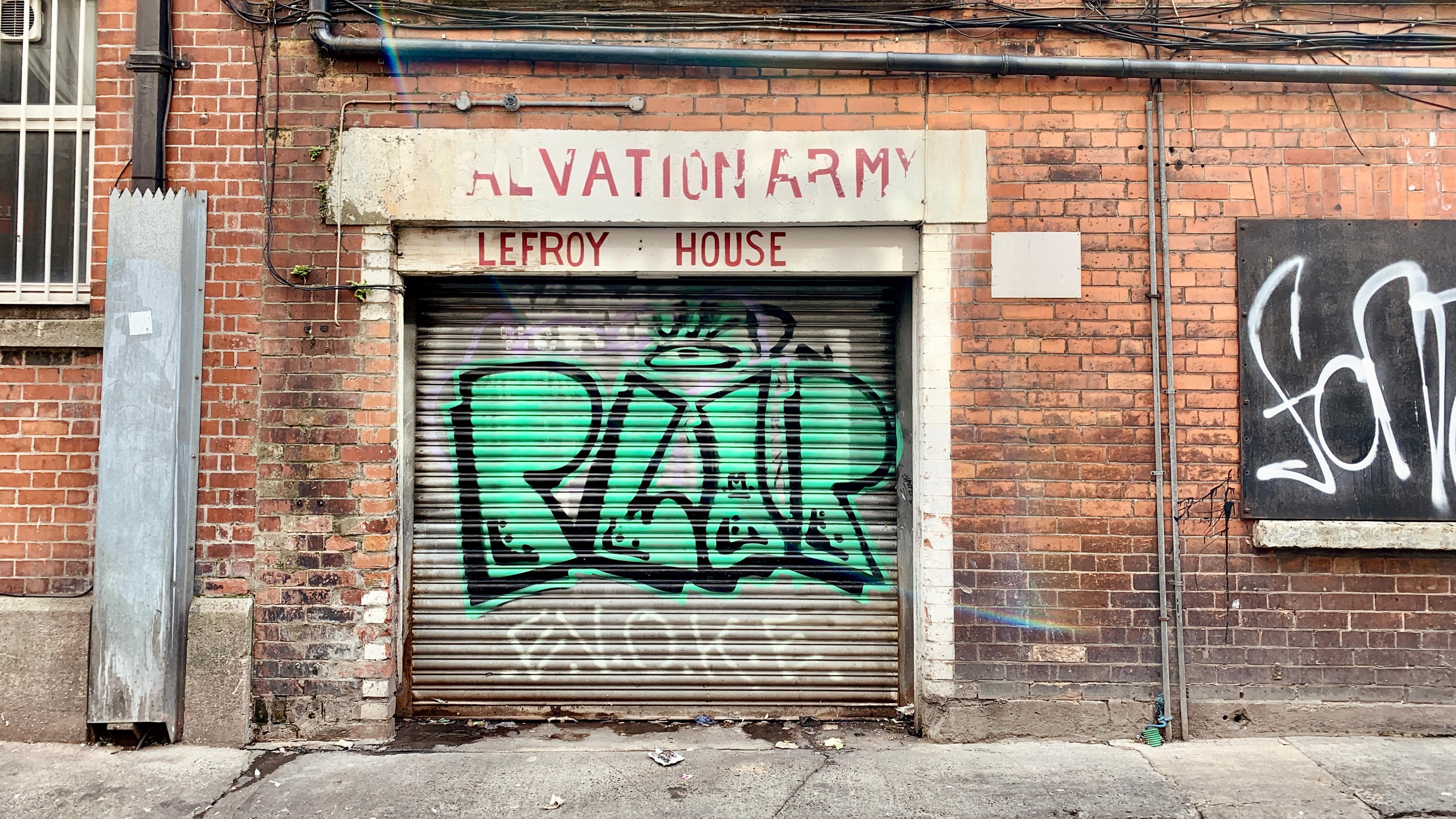
Technology & Structural Violence
Structural violence is the "conceptualizing of harm caused by embedded social structures rather than by violent physical acts" ("Structural Violence"). Those in positions of economic and political power use structural violence to oppress and control others, further solidifying their positions. Structural violence depends on reification, where knowledge produced by the structure is fed back into itself, becoming institutionalized and accepted as truth (Slaker). This feedback loop creates a dominant discourse, molding our culture and constraining our ability to observe its influence objectively. Structural violence operates invisibly, influencing industries, purchasing behaviors, and how we view ourselves and the world (Slaker).
Technology is changing the ways structural violence is being implemented across society. One example is the Allegheny Family Screening Tool (AFST) created by the New Zealand tech company Vaithianathan, which ranks a child's potential endangerment at the push of a button. Although such software allows caseworkers to assess the potential dangers posed to children in underserved communities more quickly, AFST disincentivizes human judgment in favor of predictive modeling algorithms that suggest evidence-based objectivity and infallibility (Eubanks 168). Political scientist, social justice scholar, and professor at SUNY Virginia Eubanks believes replacing the discretion of the many with the algorithmic objectives of the few is cause for alarm: "I find the philosophy that sees human beings as unknowable black boxes and machines as transparent deeply troubling. It seems to me a worldview that surrenders any attempt at empathy and forecloses the possibility of ethical development" (Eubanks 168).
People who work in public health are highly qualified specialists. However, they are not trained to identify or alter social forces (Farmer 1686). Moreover, the more normalized those in public service become to software like AFST, the more deeply it will propagate within the dominant discourse through reification despite its proven biases. For example, on average, calls scored more highly by AFST were more likely to be substantiated by caseworkers, yet "only 37% of calls that triggered a mandatory investigation were found to have merit" (Eubanks 170). Moving forward, we must ask ourselves who should be attempting to conceptualize our idea of public health (Slaker). Should it be Vaithianathan?
Parents should be applauded when seeking services for their children, yet asking for public resources labels parents as a greater risk to their children by AFST (Eubanks 166). This demonstrates a more significant cultural issue: Why are those in a society with more resources considered responsible citizens and bearers of risk, yet those seeking help from the state are considered deviants who pose a risk (Slaker)? People experiencing poverty are the natural constituents of public health, and physicians are their natural attorneys (Farmer 1690). As technological interests continue to encourage systems of structural violence driven by profit and self-interest, we owe it to ourselves as public servants to challenge the ethics of companies like Vaithianathan. Collectively, we must become the jury.
Works cited:
Eubanks, Virginia. From Automating Inequality: How high-tech tools profile, police, and punish the poor. St. Martin's Press. 2018.
Farmer, Paul, et al. "Structural Violence and Clinical Medicine." PLoS Medicine, 3(10), 2006, pp. 1686-1690.
Slaker, Janine. "Lecture Two: Risk Discourse." Canvas.uw.edu, Nov 2023, https://canvas.uw.edu/courses/1668565/pages/lesson-06-%7C-lectures?module_item_id=19054981.
"Structural Violence" Oxfordreference.com, Accessed 2 Dec. 2024, https://www.oxfordreference.com/display/10.1093/acref/9780199670840.001.0001/acref-9780199670840-e-1775.
Pictured above
Walker, Coire: Photograph of Dublin, Ireland. 20 Sep. 2022. Author's personal collection.
